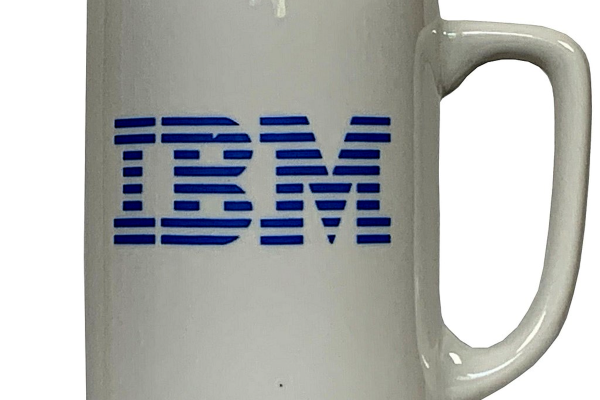Until the early 2000s, the computer processors available on the market were essentially all single-core chips. There were some niche layouts that used multiple processors on the same board for improved parallel operation, and it wasn’t until the POWER4 processor from IBM in 2001 and later things like the AMD Opteron and Intel Pentium D that we got multi-core processors. If things had gone just slightly differently with this experimental platform, though, we might have had multi-processor systems available for general use as early as the 80s instead of two decades later.
The team behind this chip were from the University of Califorina, Berkeley, a place known for such other innovations as RAID, BSD, SPICE, and some of the first RISC processors. This processor architecture would be based on RISC as well, and would be known as Symbolic Processing Using RISC. It was specially designed to integrate with the Lisp programming language but its major feature was a set of parallel processors with a common bus that allowed for parallel operations to be computed at a much greater speed than comparable systems at the time. The use of RISC also allowed a smaller group to develop something like this, and although more instructions need to be executed they can often be done faster than other architectures.
The linked article from [Babbage] goes into much more detail about the architecture of the system as well as some of the things about UC Berkeley that made projects like this possible in the first place. It’s a fantastic deep-dive into a piece of somewhat obscure computing history that, had it been more commercially viable, could have changed the course of computing. Berkeley RISC did go on to have major impacts in other areas of computing and was a significant influence on the SPARC system as well.

















